Discover Why Self-Hosted Kimai Is the Ultimate Time Tracking Solution


For the past decade, I have depended on time-tracking tools to manage client billing. Among all the solutions I’ve explored, the self-hosted version of Kimai stands out as my top choice. This article explains why I consider self-hosted Kimai to be the best time tracker available—not just for freelancers like myself, but also for businesses and home users seeking greater clarity on their time management.
Introducing Kimai, My Go-To Time Tracker
I discovered Kimai a few years back while in search of an open-source time-tracking solution that could be tailored to my specific requirements. At first, I was hesitant. After all, could a project that has existed since 2006 really compete with modern platforms? However, my experience has been exceptionally positive.
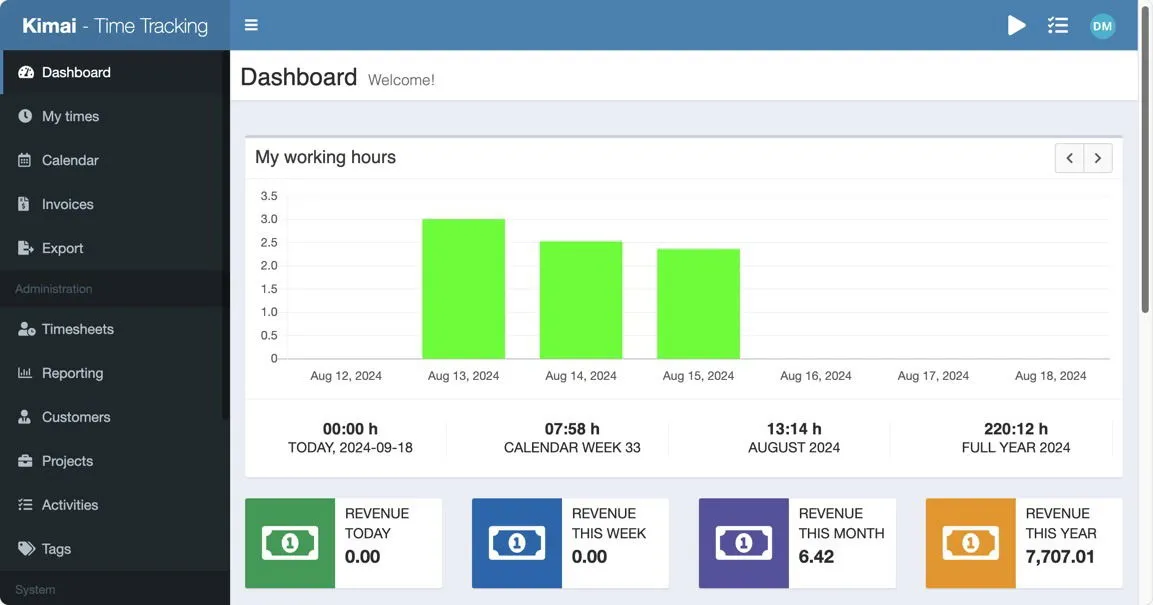
My experience with Kimai began seamlessly; the interface felt like it was crafted for my usage. It allowed me to effortlessly start and halt timers as necessary.
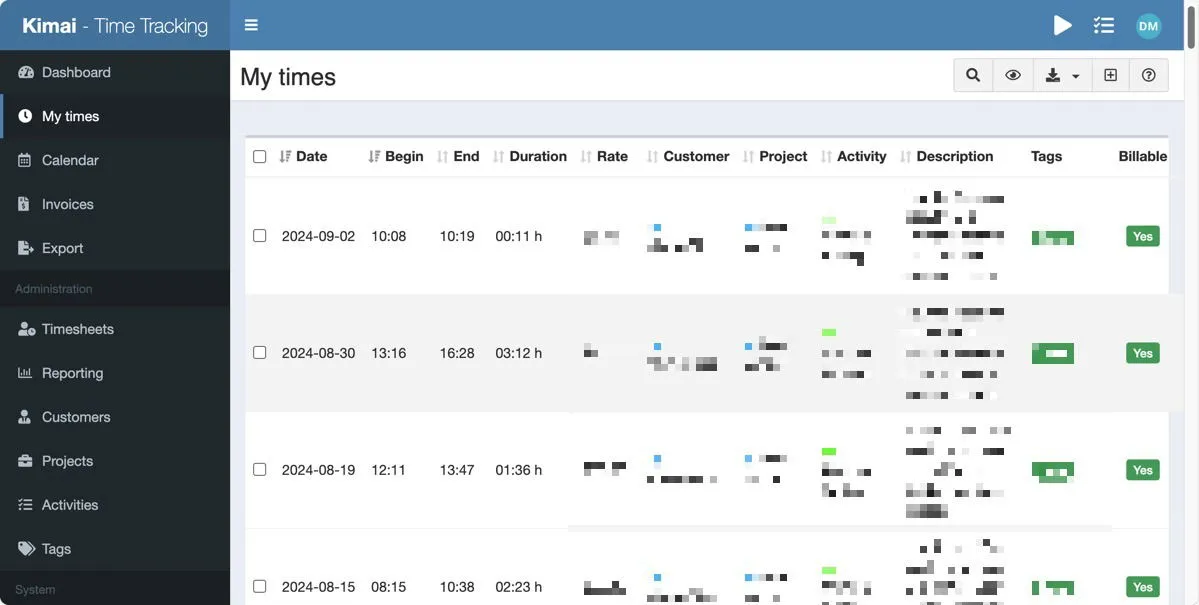
A standout feature is the capability to manage overlapping projects. Many days I find myself multitasking—engaging with a client while simultaneously completing another project. Kimai simplifies the process of tracking these overlapping periods.
Furthermore, it enables me to generate comprehensive reports and professional invoices directly from my time logs, streamlining my billing procedure. Clients have praised the professionalism and clarity of my invoices (previously, I relied on customizable templates), positively influencing my business relationships.

Additionally, I can’t overlook Kimai’s extensive ecosystem of plugins and integrations, which enhances the functionality of the time tracker significantly. For instance, I utilize the free Easy Backup plugin for one-click backups of my entire Kimai environment, and I’ve integrated the KimaiBar macOS menu bar app for tracking work time directly from my desktop. While many plugins are cost-free, some advanced ones, like the expense management plugin, do come with a fee.

Nonetheless, the most compelling aspect of Kimai for me is the option to self-host this time-tracking solution on my own server.
Advantages of Self-Hosting Kimai
While Kimai is a fantastic time-tracking tool independently, self-hosting elevates it significantly. Here are three key reasons why I advocate for this approach.
Cost-Saving Without Compromising Quality
As a freelancer, it’s crucial to keep expenses in check. In the past, I incurred hefty fees with subscription-based time-tracking tools, especially for advanced features that were only available on premium plans.

Kimai’s hosted pricing starts at €2.99 ($3.32) per user monthly for the Standard plan and €3.99 ($4.43) for the Professional plan. Although these rates are competitive, they’re far from the savings of self-hosting.
By self-hosting Kimai, I eliminated these recurring costs. Since I already had a server set up for my personal website, installing Kimai incurred no extra expenses. Over the years, this decision has saved me hundreds of dollars—money I could redirect toward business growth or other vital expenditures.
Full Control Over My Data
Data security is paramount, not only for myself but for my clients too. It has always been unsettling to host sensitive information on third-party servers. Self-hosting Kimai provided me unmatched peace of mind.
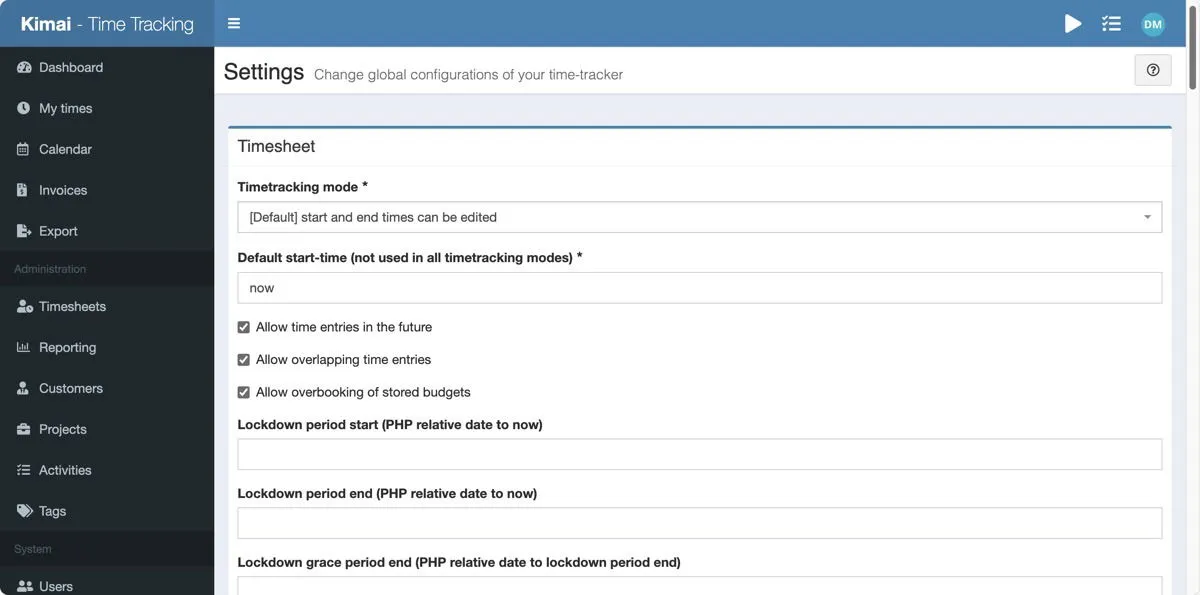
When I delete old records, I am confident they are permanently removed—no lingering doubts about whether some cloud service retains copies of my data.
Moreover, self-hosting empowers me to customize my backup protocols. I’ve set up automated daily backups to an encrypted external drive, ensuring that my time-tracking data—and billing records—are secure and recoverable in case of an emergency.
For the utmost security, I suggest hosting Kimai locally on a device like a Raspberry Pi and accessing it remotely through a secure VPN like Tailscale.
Customizing Kimai to Suit My Workflow
A major strength of Kimai is its adaptability. Being open-source, it permits significant customization. While I’m not a developer by profession, my limited coding skills were sufficient to modify Kimai to better fit my workflow.
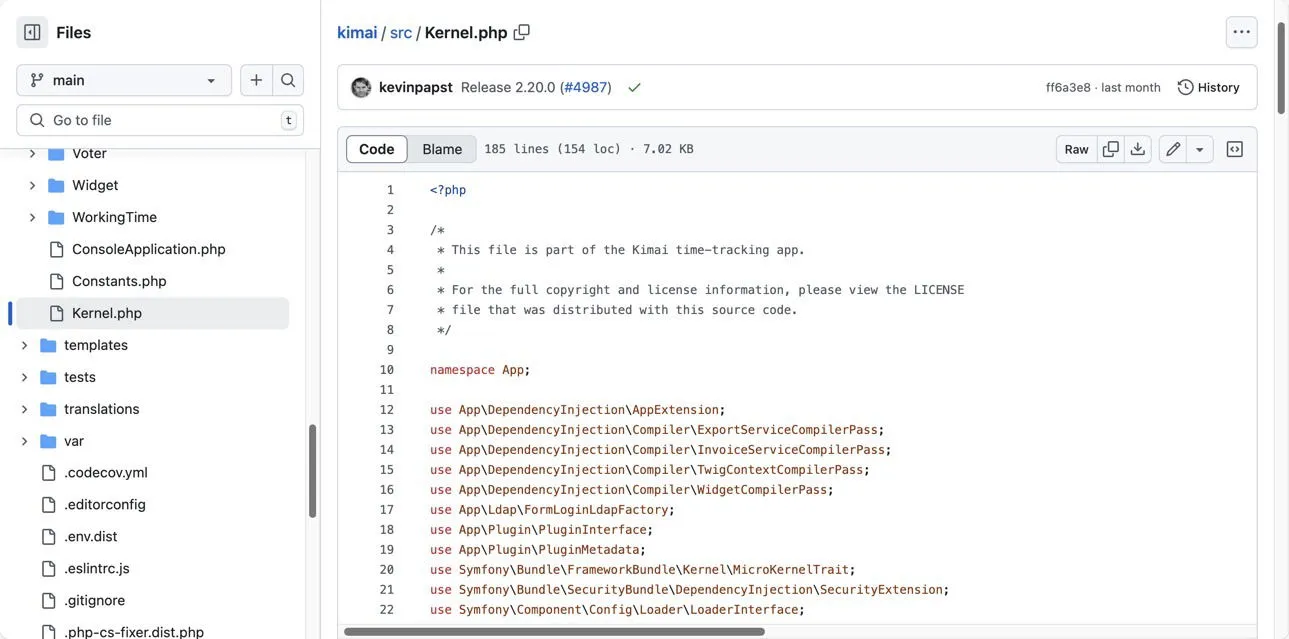
While I highlighted some plugins I utilize, the customization extends beyond this. I’ve also designed my own custom invoice template. Following the guidance outlined in the Kimai documentation and with assistance from ChatGPT, I produced a template that aligns seamlessly with my brand, containing all the elements my clients expect.
The process turned out to be quite intuitive. Kimai stores invoice templates in the “extensions/ki_invoice/invoices/” directory, allowing you to create them using Open Office documents or HTML— I chose HTML for more design control.
My Optimal Approach to Self-Hosting Kimai
If you don’t have extensive technical knowledge or prefer to avoid server management, the simplest way to self-host Kimai is through a web hosting provider that offers a Softaculous installer, such as Namecheap.
Softaculous streamlines the installation of various web applications, including Kimai. Start by logging into your cPanel account from your hosting provider and locating the “Softaculous Apps Installer” option in your cPanel dashboard.
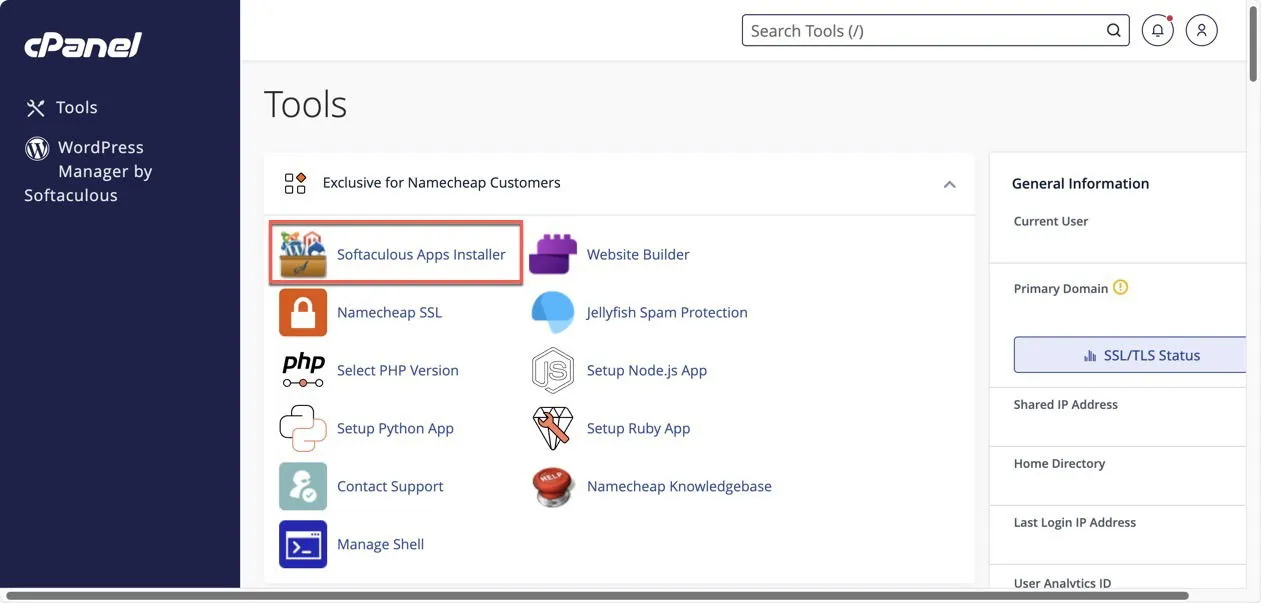
Within the Softaculous interface, search for “Kimai” or browse through the listed applications. Once you find Kimai, select it to access the installation page, then click the Install button to initiate the installation.
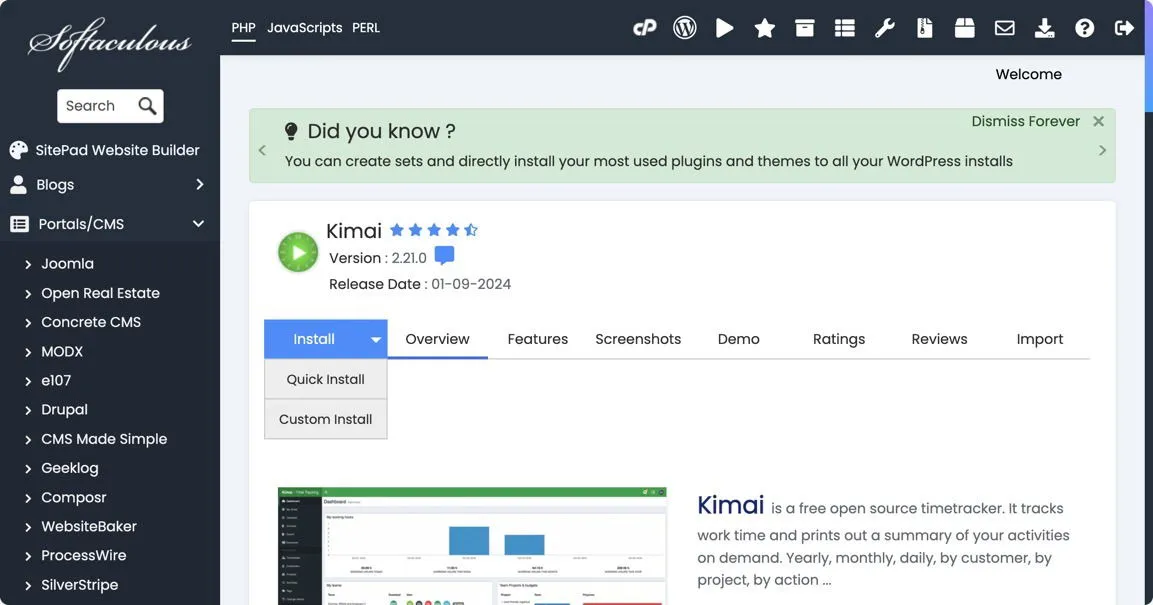
Once you have your self-hosted Kimai installation active, remember to keep your login credentials secure and regularly update your installation to benefit from security improvements and new features.
Self-hosting Kimai provides a robust, customizable, and cost-effective time-tracking solution, placing you in control of your data. Whether you’re a freelancer like me, a small business owner, or part of a larger organization, Kimai can adapt to your requirements while offering the security and flexibility of self-hosting.
If you’re keen on discovering more tools to boost your team’s productivity, be sure to explore these project management tools.
All images and screenshots by David Morelo.


Leave a Reply